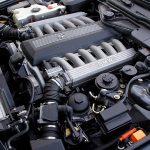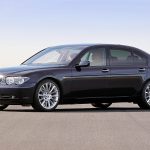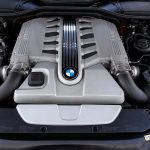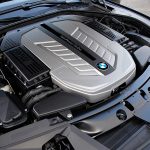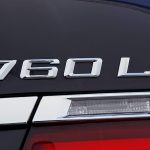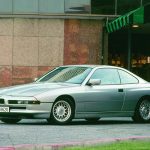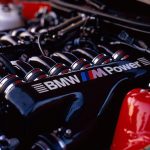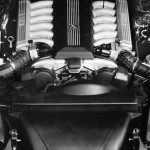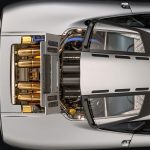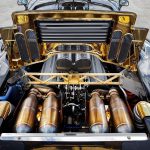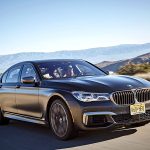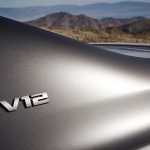Founded in 1916, BMW was originally an aircraft engine manufacturer and like all aircraft manufacturers of the time, its main focus was on V12s. Engines in this configuration are mainly notorious for their primary balance, an essential factor when they aren’t in contact with anything solid and stable like, for example, the ground.
BMW was successful at what it did, and as a testament to its competence, it was also the manufacturer that produced the first-ever jet engine to successfully take flight. Fast forward to 1922, BMW officially becomes an automobile manufacturer, at the same time, setting the name “BMW” in history. So, given its background, it isn’t surprising that the first car it ever produced independently was firmly founded on its heritage. Namely, the first production engine of its own was, you guessed it, a straight-six — or half a v12 engine.
And with that began the history of BMW’s most legendary engines, the inline sixes. Still, this article won’t discuss the straight-six but rather the engine born when the company put the two halves back together in 1987 — the first-ever BMW production V12, the M70/S70 engine.
BMW M70 – the Brands First V12 Engine
After BMW’s recent announcement that, after 34 years of production, it would be pulling the plug on the V12 by July 2022, we will be focusing on the engine that started it all. With all its variations and different applications, it’s one of the most significant engines ever produced, but also one that unfortunately didn’t reach its full potential.
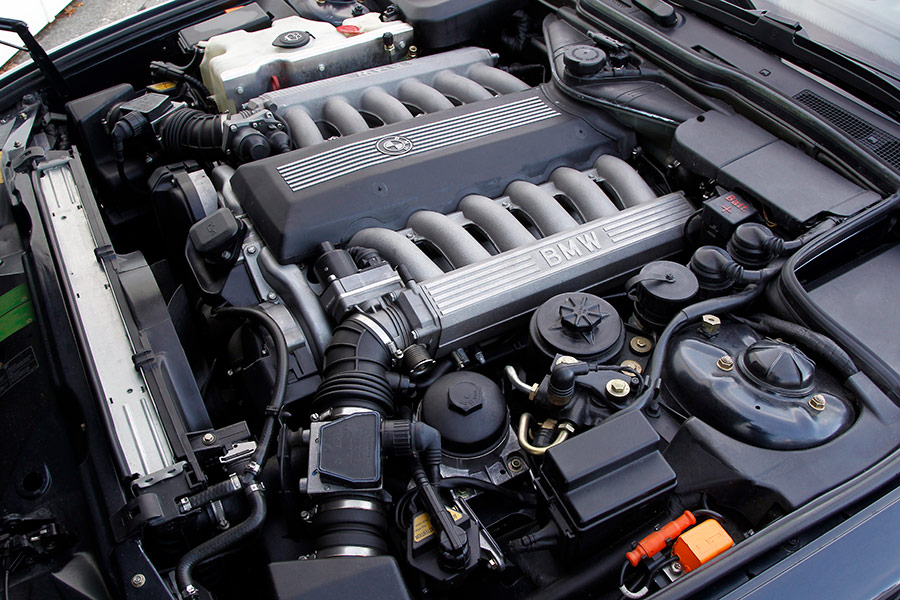
By 1987, BMW had just finished putting the two halves back together in almost a literal sense. Indeed, the M70 engine was largely based on the M20 2.5L straight-six (both had the same bore and stroke), mated at a 60° angle and the engine block was made of aluminum (the M20 originally had a cast-iron block). Besides that and a couple of other not-so-significant differences, the two engines were essentially the same.
It was originally intended for BMW’s flagship model at the time, the 750i/750li. Of course, the 286 hp output was arguably low by today’s standards. Still, it was more than competitive back then, given that its main rival was the Jaguar 5.3 HE V12, producing 291 hp. Moreover, it’s important to keep in mind that its primary focus was comfort, smooth driving, and reliability — not really speed. And reliable they were, especially compared to Jaguar’s V12. The M70 was a bulletproof engine, like the M20 it was based on. Interestingly, there was also a one-off V16 prototype version of the M70 producing 408hp, but sadly, it never went into production.

Fun fact; the 750il Highline had two alternators, with the extra one used to power the auxiliaries in the back, such as a fax machine and a telephone, painting a fascinating picture of how long ago the M70 was introduced.
Still, the focus of the M70 wouldn’t change until the introduction of the 8 Series in 1991, taking the throne from the 7 Series as the flagship model for the brand and introducing the next-gen S70B56.
BMW S70 – the Ultimate Version
With the introduction of the 8 Series, the life of the M70 engine became a lot more interesting. Even though the M70 in its standard form was available in the coupe, with its 286 hp, it was never going to cut it as the ultimate engine in the top BMW car. With that fact well in the minds of BMW engineers, they started developing the S70 engine one year before introducing the 8 Series, which was supposed to power the ultimate version of the 8 Series that never was, the M8.
Now hidden away in BMW’s museum along with its engine, the M8 holds under its hood a version of the M70 that led to many people thinking it never reached its full potential, the prototype that would serve as the basis for the S70/2 in the Mclaren F1.
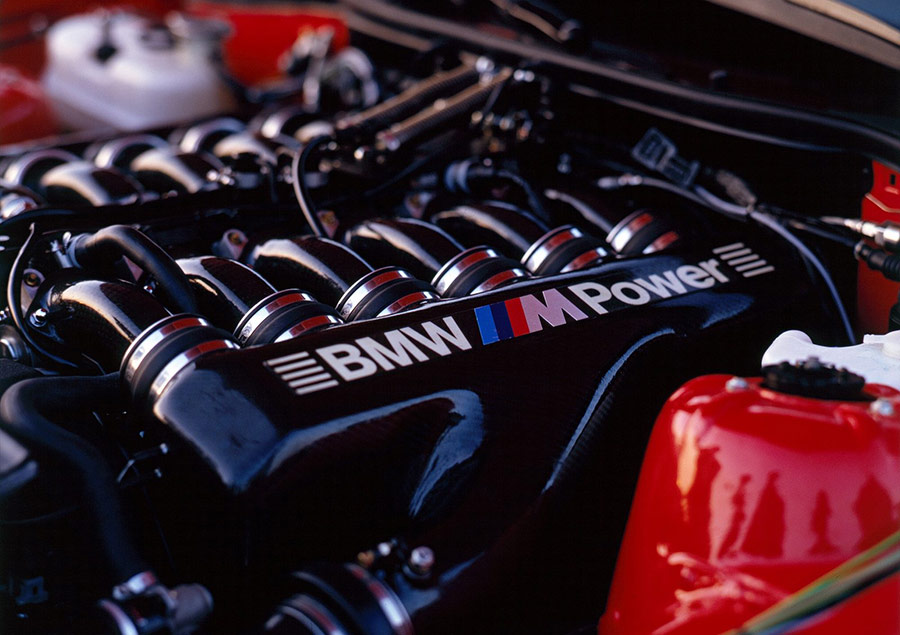
The S70B56 of the 850CSi still kept the basic design of the M70, including the same single overhead camshaft design and 24 valves per cylinder. However, engine capacity went from 5.0L to 5.6L, increasing the power output to an impressive 385 hp, 100 hp more than the standard M70. The S70B56 was also the first-ever production V12 worldwide to be offered with a six-speed manual transmission and still holds the title for the lowest production numbers of any BMW engine, at only 1510 units produced in total.
How Mclaren Came to BMW for a Road-Legal Racing Engine
At the 1990 Hockenheim Grand Prix, BMW Motorsport’s chief engineer, Paul Rosche, approached Gordon Murray and, after asking about his newest project, offered to produce an engine for the Mclaren F1 with the M8 in mind.
Since McLaren was running out of time to find a suitable engine after being denied one by Honda, Gordon Murray took Paul up on his offer and decided to go to Munich to see the new engine. However, Murray was put off by the sheer weight and size of the engine, so Rosche agreed it would be best to do a thorough redesign of the S70 — and the S70/2 engine was born.
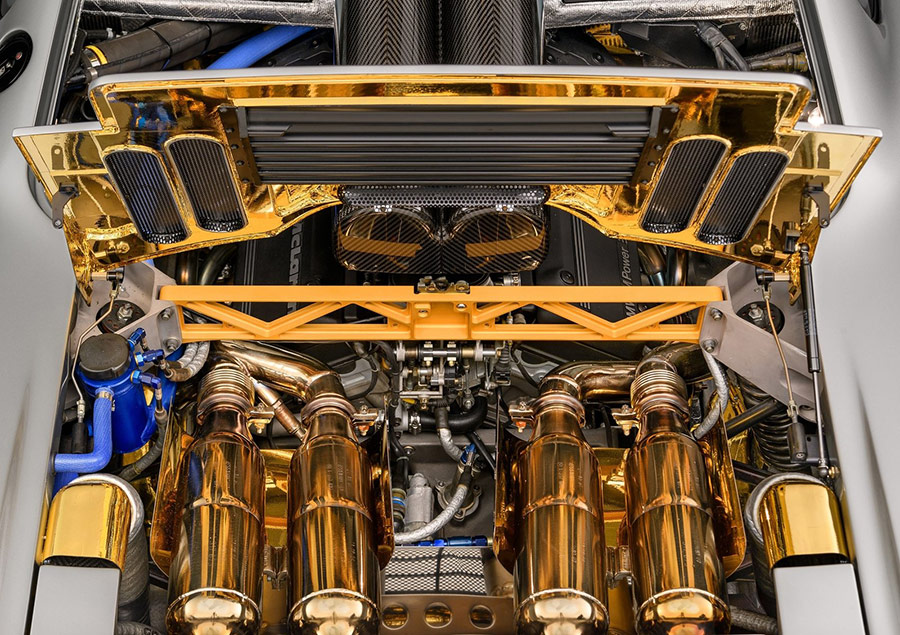
As Gordon Murray used to say, “Never use a 10mm bolt when 9mm would do – consider weight as driving the design.” As a result, it doesn’t come as a surprise to see just how concerned he was about the weight of an engine.
What Makes the S70/2 So Special
In 1990, BMW prepared the original S70 engine destined for the never-born M8. This is the engine that was supposed to realize the full potential of the M70 design, and there is no need to say that the specifications were out of this world for that time. With its carbon fiber intake, 12 individual throttle bodies, and the same capacity as the Mclaren F1 at 6064ccm, it should’ve produced an obscene 550 hp. Mind you, at that time, the most powerful Lamborghini, the Diablo, only produced 492 hp. Even the most powerful Ferrari that came almost five years later, the F50, had only 519 hp. 550 hp in 1990 was hypercar levels of power.
Unfortunately, the M8 never launched, but its engine would go on to become one of the greatest engines of all time. After Paul Roches and Gordon Murrays’ meeting, the design of the S70/2 began. Some of the engine’s requirements were to be no more than 60cm long, produce more than 550 hp, and weigh a maximum of 250kg. It also had to have dry-sump lubrication to be mounted lower in the car. Ultimately, it had to be rigid enough to serve as a structural part of the chassis. The final unit was 16 kg overweight but also 77 hp overpowered, at 627 hp, so Murray was more than happy with the outcome.

Interestingly, the fundamental geometry of the engine wasn’t changed, even keeping the original capacity of 6064ccm. It did receive completely different cylinder heads from the BMW M3 engine, the S50B30, and with that, it also got the variable valve timing that BMW calls VANOS. Also, together with the M3, it became one of the first naturally aspirated cars to have more than 100hp per liter. Not only was it the most powerful engine of its time (and the only one with a gold-plated engine bay), but it was also the most usable and one of the most reliable.
For comparison, 50-70 mph acceleration in top gear took 3.7 seconds for the Mclaren and 7.5 seconds for the Lamborghini Diablo. The Mclaren was as flexible as any average production car, and that may be an even more significant achievement than its 627 hp. To this day, the Mclaren F1 remains the fastest naturally aspirated production car ever made at 231 mph (372 km/h).
Get your BMW M70 V12 manual here!
Motorsport Success and Legacy
Even though Gordon Murray was reluctant to redesign the Mclaren F1 to go racing, pressure from racing teams was much greater. And so, for the 1995 racing season, McLaren introduced the F1 GTR. The S70 received an ECU remap and intake air restrictors to take power down to 600 hp. As far as the engine goes, those were all the modifications done until the 1998 season, which saw the introduction of the F1 longtail. The changes included a displacement decrease from 6.1 to 6.0 liters and the addition of a sequential gearbox.
Yes, those were all the modifications the S70 received throughout its racing career in the Mclaren F1, and with that, it propelled the F1 to victory at the 1995 24 hours of Le Mans, securing first third, fourth, fifth, and 13th position. After 1997, the engine got another iteration, code-named S70/3, available in the BMW V12 and V12 LMR race cars. The success of those cars isn’t particularly notable, but something interesting did come out of that — the BMW X5 LM. The X5 SUV prototype with the s70/3 engine is now hidden in BMW’s secret warehouse.
Subsequent BMW V12 Engines
The next generation of the M70, code-named the M73, still kept the same single camshaft design but with increased displacement to 5.4 liters and power to 321 hp. It was the first BMW V12 to be installed in Rolls Royce cars.
The N73, introduced in 2003, was BMW’s first engine to feature quad camshafts and four valves per cylinder. Displacement increased to 6.0 liters for the 7 Series and 6.75L for the Rolls Royce Phantom. As you would expect, the power increase was substantial at 439 hp and 453 hp in the Phantom.

BMW also made one more V16 version of its V12 for Rolls Royce, but it too never entered production. The current and last BMW V12, the N74, is the first to reach the power levels the S70/2 had initially set. Indeed, the 620 hp mark was reached in 2013 in the Rolls Royce Wraith.
All N74 engines were twin-turbocharged with power levels ranging from 534 to 624 hp. Capacity remained the same for the 7 Series, at 6.0L and 6.6L for the Rolls Royce. It was also the first BMW V12 installed in a production SUV, the Rolls Royce Cullinan. And as things are standing right now, it will likely be the last V12 we will get from the brand.
BMW of Tomorrow
As BMW starts to embrace the electric revolution, we will see more and more electric and hybrid vehicles. By 2023, there will be 13 electric BMW models on offer, and 25% of its lineup will be electric.
Moreover, big engines are slowly becoming obsolete due to downsizing. Indeed, the new BMW straight-six produces more power than any V12 before the current N74.
Put simply, it’s very likely we’ll have to bid farewell to those big V12s soon. Still, BMW’s M70/S70 engine is destined to forever grace the top five lists of the greatest V12 engines of all time.
You will be dearly missed.






